Pressure Washer Guide: Belt Drive Vs. Direct Drive
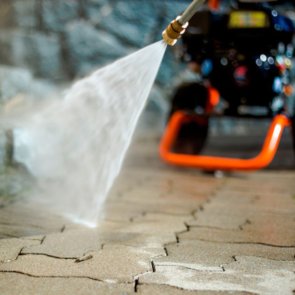 Pressure washers are probably the most amazing cleaning equipment you can invest in. They are fast, efficient, and can make your life so much easier. You can use it to wash most surfaces, as well as your vehicle, boat, grill, and so much more. Likewise, they can easily take care of stubborn filth, grease, and stains.
Pressure washers are probably the most amazing cleaning equipment you can invest in. They are fast, efficient, and can make your life so much easier. You can use it to wash most surfaces, as well as your vehicle, boat, grill, and so much more. Likewise, they can easily take care of stubborn filth, grease, and stains.What's The Difference Between Belt Drive And Direct Drive Pressure Washer Pumps?
There are many factors you need to consider when searching for the right pressure washer for your home, and one of that is the drive. One of the questions most people often ask is the difference between a belt drive and direct drive pressure washers.
Both drive styles have their advantages and strengths. And understanding these can help you determine which pressure washer is suitable for your cleaning needs. So today, we'll explain how these drives work so you can make an informed decision. Plus, you can also watch this informative comparison video for additional information when you're done reading this article.
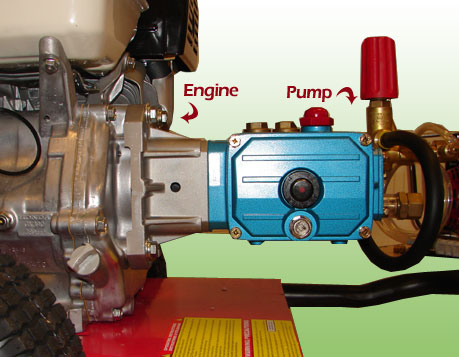
What Exactly Is A Pressure Washer Drive?
Simply put, a drive is a system of mechanism that powers your pressure washer's water pump. It's what pumps, pressurizes, and drives the water through the nozzle. Furthermore, it's the process of transferring the motion energy produced by the motor or engine to the pump for it to obtain the power it needs to perform its job.
This is an essential power washer component. Therefore, when looking at the best gas power washers around, make sure to opt for a reliable brand. SIMPSON® is #1 in terms of quality and performance. Although you may pay a bit extra upfront, it'll save you on costly repairs in the long run.

Belt Drive Pump
A belt drive pressure washer comes with a pulley, which is attached to the unit's firm shaft. It has one or several belts driving it, connected to the engine or motor of the machine. This system enables the belt drive pump to turn at a much lower RPM in comparison to the direct drive pump that usually has an RPM ranging from 900 to 1400.
However, the oil capacity of its crankcase is larger. Hence, this combination lets the belt drive pump to operate much cooler. Likewise, it is isolated from the motor or engine's heat. On top of that, it also reduces the fatigue on the pump since both the pulleys and belts absorb the vibration.

A belt drive pump is highly advisable for industrial or commercial users. Likewise, it's a good option if you're planning to make your pressure washer work for more than 20 hours every week. But keep in mind that the pulleys and belts receive additional friction, which can typically affect the efficiency of your power washer. Moreover, the belts will require occasional adjustments.
That being said, this type of drive system has a longer lifespan and is worth it when it comes to cost difference.
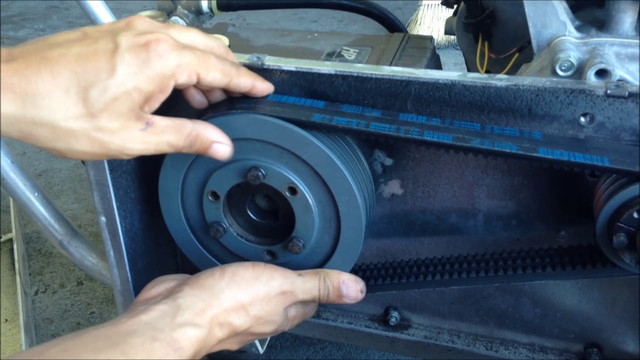
Advantages:
- More durable
- Produce less vibration and heat
- Long-lasting and not as prone to wear and tear
- Ideal for heavy-duty cleaning or if you'll use the washer a lot
- Offers more power
Disadvantages:
- You need to replace the belts occasionally
- A more expensive option
- Heavier and bigger due to its parts

Direct Drive Pump
A pressure washer with a direct drive pump features a shallow pump that glides on the drive shaft of its engine or motor. The pump's flange is connected to the motor's shaft end or the engine's face.
A gas pressure washer usually has a 3450 RPM speed. On the other hand, the motor of an electric pressure washer can turn the direct drive pump at 1725 RPM or 3450 RPM.
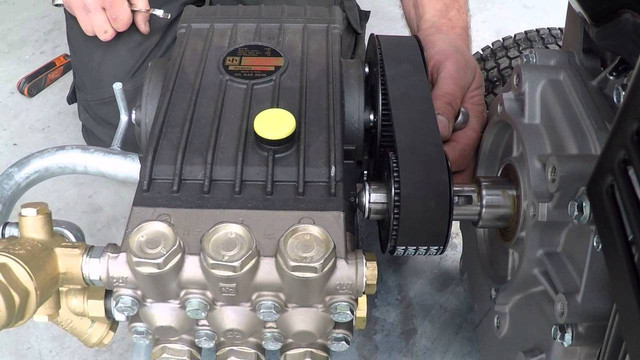
The RPM of the engine and pump are the same because the pump is directly attached to the engine shaft. Furthermore, this drive system allows a pressure washer to have a more compact design. What's more, it is pretty straightforward and more affordable since it comes with fewer moving components.
Direct drive pressure washers are ideal for residential use or if you don't plan on using your machine as often. They can take care of the job efficiently but they may not last as long you'd want.
The reason for this is because the pump spins as much as the motor or engine does. Thereby, some of the components are more prone to wear and tear, which, in turn, reduces the pump's lifespan. Also, direct-driven pressure washers transfer the motor or engine's vibration straight to the pump.
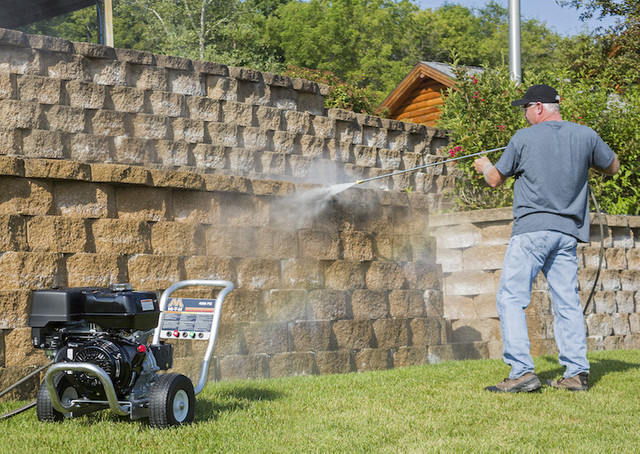
Advantages:
- Compact and portable design
- Easy to move around and transport
- Works well at tackling smaller tasks and for occasional use
- Extremely energy efficient
- Cheaper price tag
Disadvantages:
- Not the best choice for larger jobs or long-term daily use
- Generates plenty of vibration and heat
- Will not last as long as a direct drive
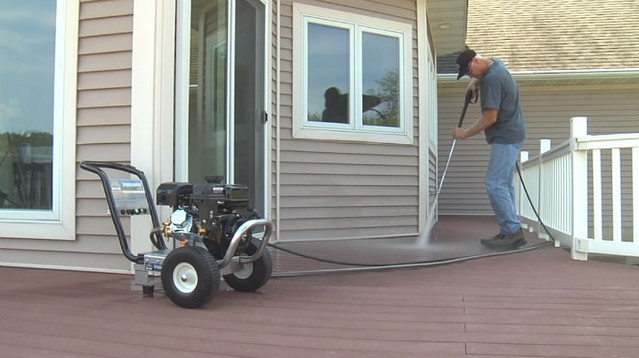
Final Words
If you'll power wash frequently, then the extra cost of a belt-drive pressure washer is worth it. You can use it daily for several hours and it will be able to hold up over time. But a direct drive model may be a better option for you if you're not going to utilize your washer daily. It's also the perfect companion for your weekend outdoor cleaning sessions. This manufacturer's summary will provide you with more details about these drive systems.
Breadcrumbs
Tags